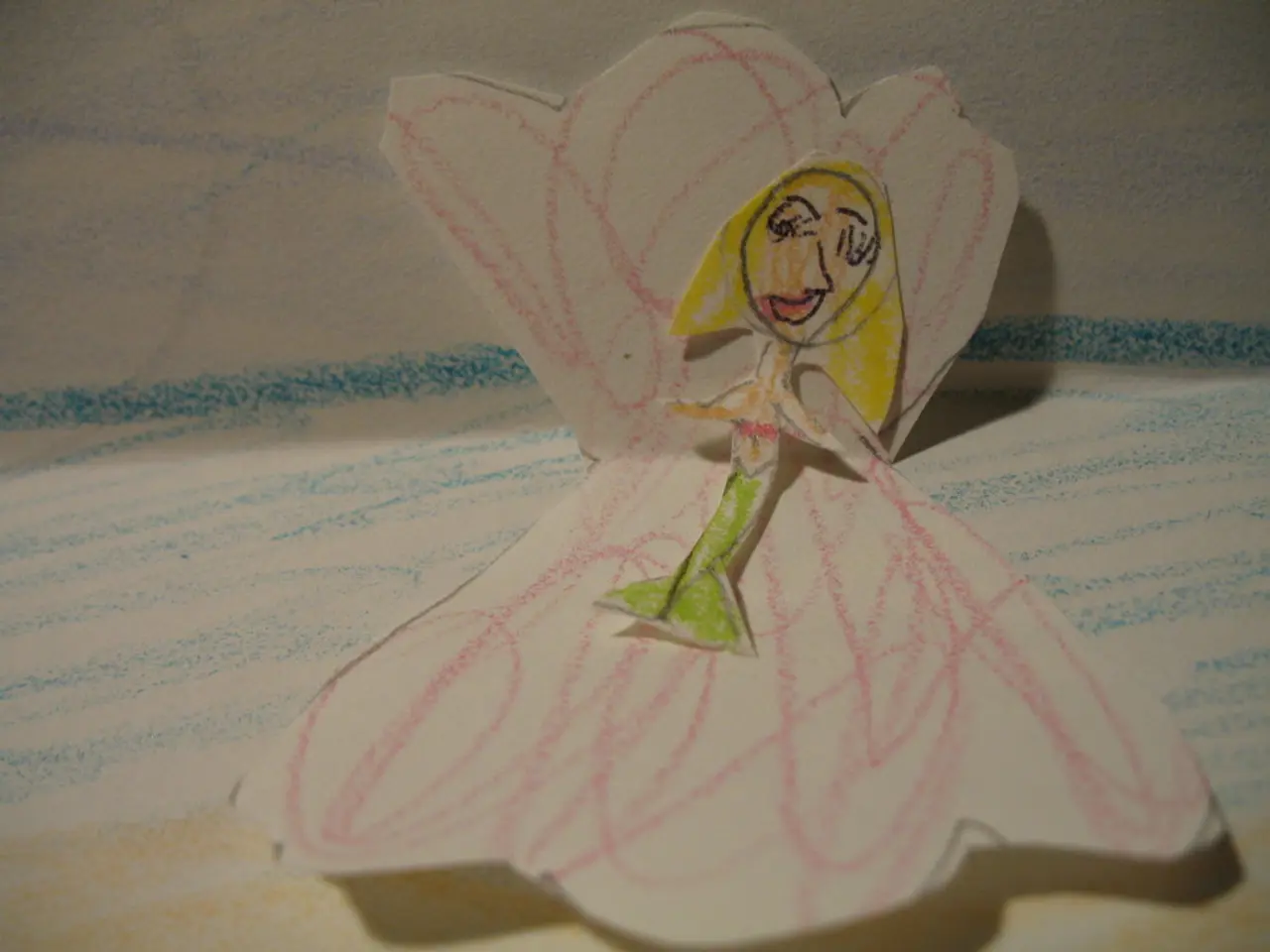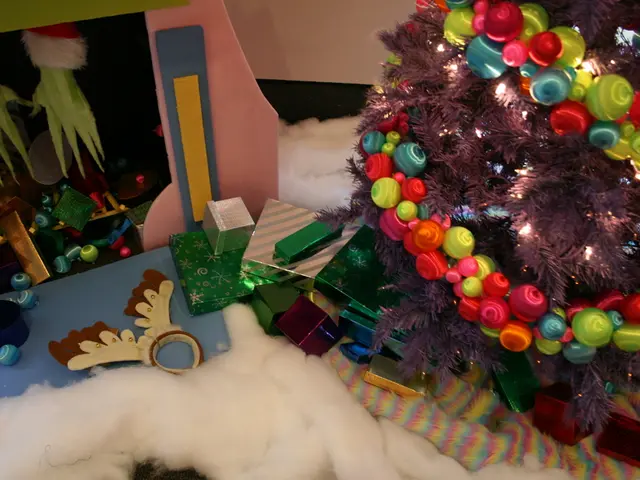Investigating the Attractive Artistry of White Charcoal Pencil Sketches
White charcoal pencil drawing has become a popular medium for artists seeking to explore the intricate relationship between light and shadow. This versatile technique offers a unique aesthetic that sets it apart from traditional drawing methods.
Techniques to Master
Additive and Subtractive Drawing
Beginning with a toned or darkened paper, artists use white charcoal pencils to add highlights, creating depth and contrast. Conversely, on white paper, black charcoal is used to create shadows, with erasers used to lift highlights and create mid-tones.
Layering and Blending
Building up a full range of values is essential in white charcoal drawing. This is achieved by layering white charcoal for lights and blending with tools like soft brushes or blending stumps for smooth tonal transitions. Harder pencils can be used for fine details, while softer pencils are ideal for broad shading.
Frottage (Texture Rubbing)
Using textured surfaces beneath the paper and rubbing white charcoal over them can create interesting textures, inspiring imaginative elements in your drawing.
Working on Colored Paper
Using toned or pastel-colored paper can enhance the white charcoal’s contrast and make highlights pop, allowing the paper tone to act as mid-value contrast.
Essential Materials
White Charcoal Pencils
These are essential for creating bright highlights against darker or toned backgrounds.
Black Charcoal Pencils
Used for shadows and midtones when working on white or toned papers.
Toned or Pastel Paper
Gray or mid-tone paper provides a middle value, allowing highlights and darks to stand out more vividly.
Erasers
A retractable or kneaded eraser is vital for lifting charcoal to achieve sharp highlights or correct mistakes.
Natural Bristle Brushes
These are useful for blending charcoal softly or smoothing out transitions without damaging the paper.
Achievable Effects
Strong Contrast and Depth
Using white charcoal to highlight edges and forms creates a luminous quality against shaded dark areas.
Textural Interest
Incorporating frottage or varied mark-making adds dynamic textures that enhance realism or abstraction.
Smooth Gradients and Transitions
By blending layers carefully, achieve realistic light transitions and soft shadows, important for lifelike rendering.
Expressive Detailing
Use sharp white charcoal pencils for fine details and highlights to bring focus and dimensionality.
Achieving the Best Results
Investing in high-quality white charcoal pencils is important for achieving the best results, with popular brands including General's, Stabilo, and Derwent. Developing a unique style in white charcoal drawing takes time and practice, with experimentation and keeping an art journal being helpful.
Joining art groups, attending workshops, or sharing work online can build a supportive community and drive inspiration. Embracing white charcoal can open doors to new techniques, styles, and forms of expression, fostering creativity and artistic expression.
[1] White Charcoal Pencil Drawing Techniques and Tips. (2021). Retrieved from https://www.artistnetwork.com/blog/white-charcoal-pencil-drawing-techniques-and-tips/
[2] Frottage: A Powerful Texture Technique. (2019). Retrieved from https://www.artistnetwork.com/blog/frottage-a-powerful-texture-technique/
[3] White Charcoal Pencil Drawing: A Comprehensive Guide. (2018). Retrieved from https://www.artistnetwork.com/blog/white-charcoal-pencil-drawing-a-comprehensive-guide/
[4] Blending Charcoal: Techniques for Softening Edges and Creating Gradients. (2017). Retrieved from https://www.artistnetwork.com/blog/blending-charcoal-techniques-for-softening-edges-and-creating-gradients/
[5] Using Natural Bristle Brushes for Charcoal Drawing. (2016). Retrieved from https://www.artistnetwork.com/blog/using-natural-bristle-brushes-for-charcoal-drawing/
- To diversify your skills in white charcoal pencil drawing, experiment with frottage (texture rubbing) using textured surfaces beneath the paper to create intriguing textures that inspire your home-and-garden themed drawings.
- For your watercolor lifestyle collection, consider working on colored paper to enhance the white charcoal contrast and make your highlights pop, allowing the paper tone to act as mid-value contrast.








